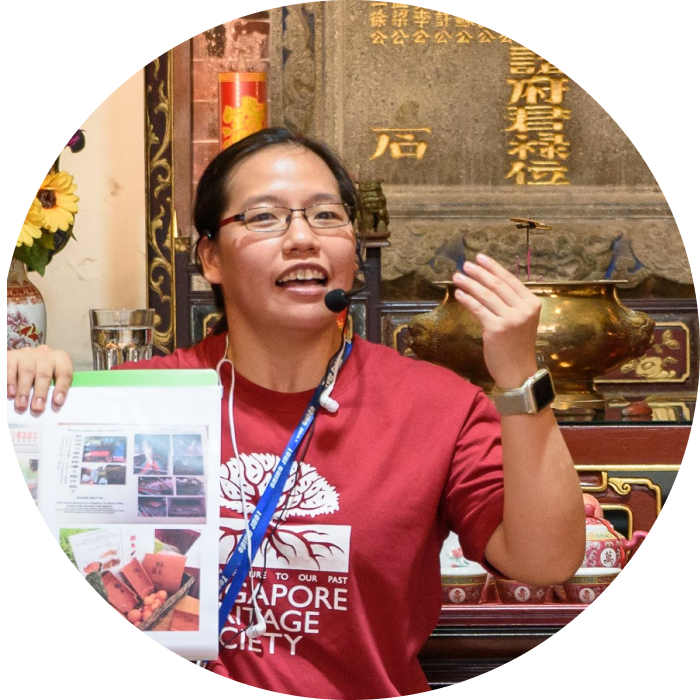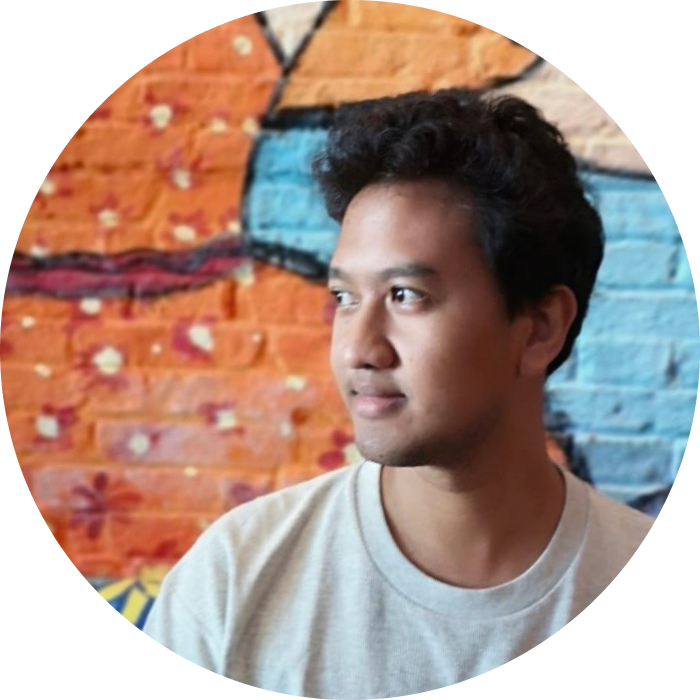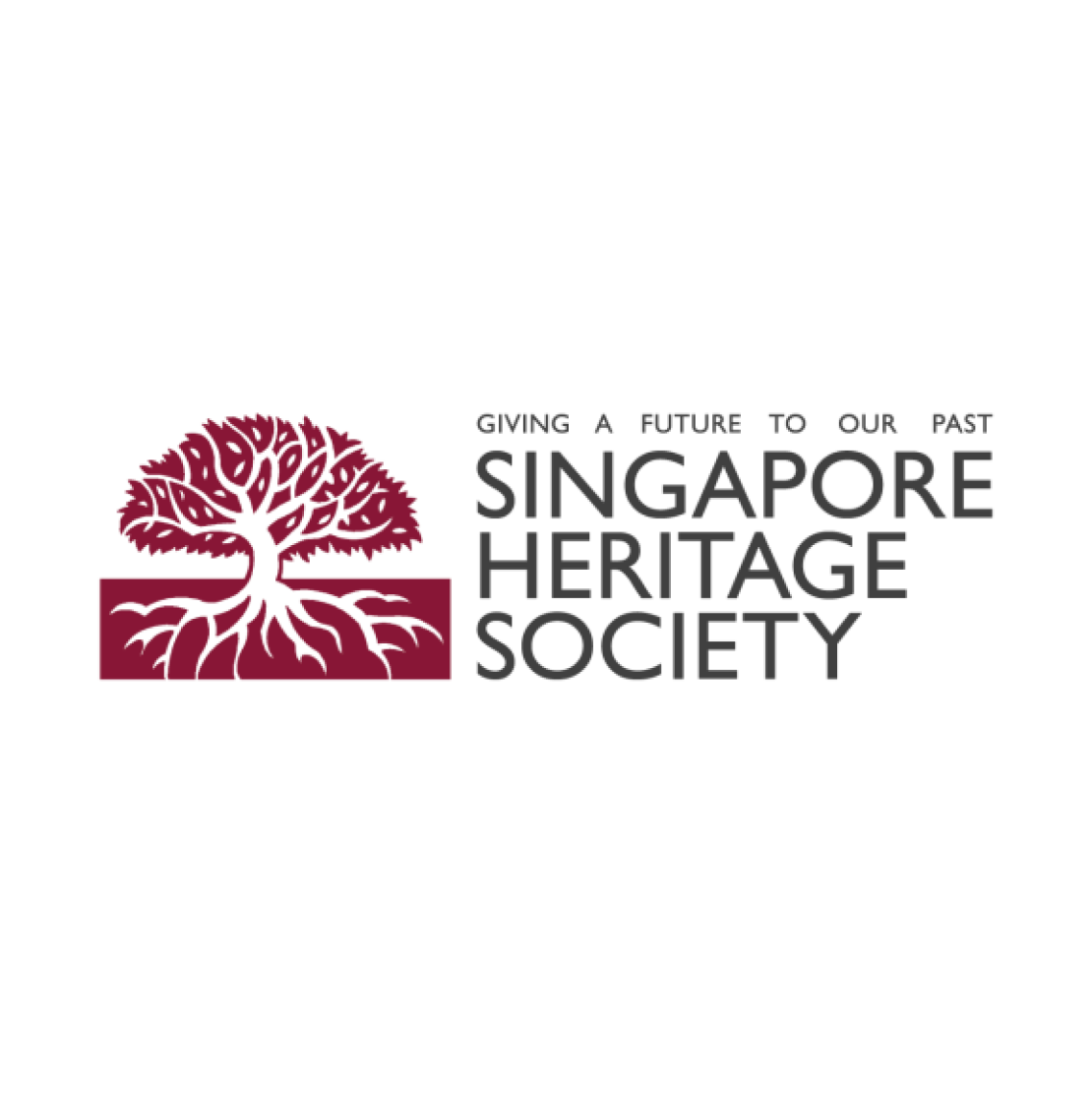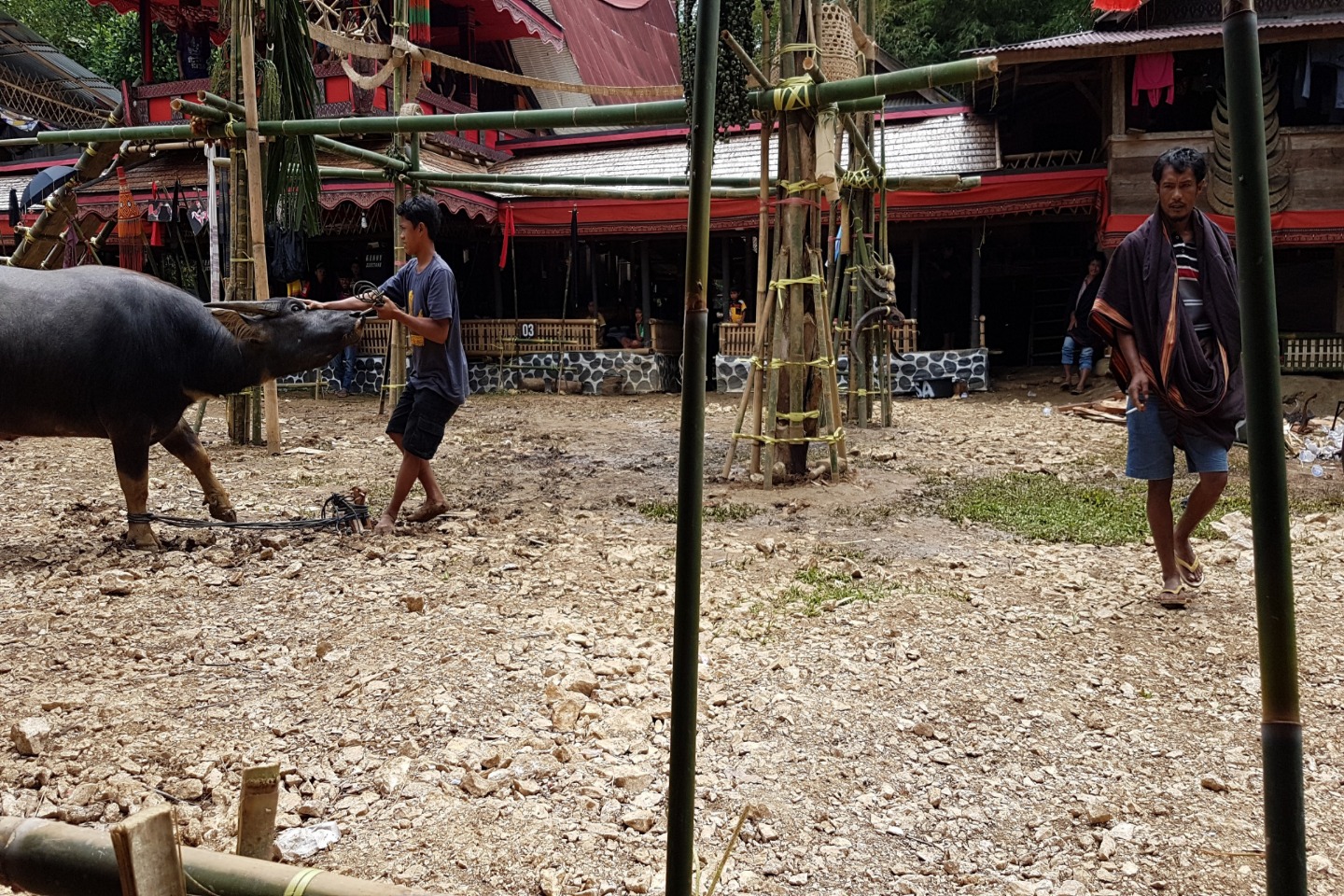
Singapore’s historic sites of worship
Communities in a changing city
by Pei Ying Loh, Chua Ai Lin, Lynn Wong, Fauzy Ismail & Singapore Heritage SocietyPlaces of worship are never simply places to practice one’s faith in—they are also social anchors for the communities around them.
In new settlements, these religious spaces offer comfort and safe harbour for those looking to start new lives on foreign shores. Sojourners from across the world settled on this island during Singapore’s early days, bringing with them their cultural practices and religions. Many of their sites of worship still remain today, cultural bastions and reminders of our origins and pasts.
Among the earliest settlements in Singapore, Telok Ayer, Tanjong Pagar, and Tanjong Malang host several key sites of worship—21 of them, in fact. These sites are incredibly diverse, including religions such as Taoism, Buddhism, Hinduism, Islam, and Christianity.
The Singapore Heritage Society conducted a two-year long investigation into these sites through archival research, in-depth fieldwork, and multiple interviews—here’s what they found.
Not everyone knows this, but historic places of worship are sites that preserve both their heritage and the living, functioning religious spaces that serve the needs of devotees. Though they fall under regulations for places of worship—like all religious buildings in Singapore—historic places of worship abide by some special regulations and policies designed to protect their physical heritage.
National Monuments and gazetted conservation buildings, for instance, each fall under their own category’s regulations. These buildings’ owners must retain their historical built structures or, in the case of conservation buildings, preserve their facades if their interiors are changed.
Neither set of policies protects the transmission of intangible cultural heritage: the beliefs, rituals, practices, and even languages that give these buildings meaning and bond the communities around them. In recent years, there has been rising awareness that more work needs to be done to preserve this intangible cultural heritage for future generations.
Not all 21 sites of worship in this area are protected and those that are enjoy varying levels of it according to their status. National Monuments have both their buildings—and in most cases, their original function—protected.
Buildings that fall under the Urban Redevelopment Authority’s (URA) conservation zones, in contrast, have their facades protected from demolition but may be renovated and repurposed. Some of these buildings have since become restaurants and hotels, such as the Fu Tak Chi Temple, which is now an entrance to Amoy Hotel.
It makes sense to imagine our oldest buildings need the most protection. So one might find it surprising that some of our oldest sites do not have any protection status. The Seng Wong Beo temple, established in 1905 at Tanjong Pagar, is on a Temporary Occupation Licence renewed yearly, and actually sits on a land plot zoned for commercial use.
At Tanjong Malang, the Fook Tet Soo Temple (c. 1819), the oldest Hakka temple in Singapore, as well as Keramat Habib Noh (1866) and Masjid Haji Muhammad Salleh (1903) are also unprotected. In fact, the leases for the two Muslim sites of worship expire in 2025—the same year the new Prince Edward Road MRT station will open across the road from them.

Illustrations by design studio Crop.sg.
The intangible cultural heritage of these buildings—the beliefs, rituals, practices, and even languages—give these places meaning and bond the communities around them. Though many are local to the neighbourhood, such communities can stretch far and wide, reaching beyond our island’s borders.
We tend to think of religions as different and separate, and for this reason imagine their sites of worship as isolated places. Yet, each of these 21 places of worship is a part of several human networks beyond their local religious communities. They are seen as landmarks and play religious, social, and cultural functions for the neighbourhood.
The Sri Layan Sithi Vinayagar Temple, for example, was originally built by Indian Sepoy soldiers who were living in the nearby colonial barracks. Sites of worship can also connect communities across the island, such as the surname-based clan Lim See Tai Chong Soo Kiu Leong Tong, which connects those with the surname “Lim” from all over Singapore.
Transnationally, the Cantonese clan association Kong Chow Wui Koon is dedicated to clansmen from the Xinhui region (新会) in Guangdong province, historically known as Gangzhou 岡州 (“Kong Chow” in Cantonese). The Kong Chow Wui Koon worships Guan Di, the second of three sworn brothers of the Three Kingdoms period (220–280 AD). Guan Di is very widely worshipped in the region and is well-known for his loyalty, righteousness, and benevolence—values that are held in high regard by the Kong Chow Wui Koon. In fact, the early pioneers of Kong Chow Wui Koon also founded the Thong Chai Medical Institution, which continues to give out free medical treatment to anyone in need today, regardless of ethnicity or religion.
These sites, hubs in a vast web of cultural connections, reflect how Singapore has been a cultural entrepot from its very beginnings. Historically, the Tanjong Malang area—where Keramat Habib Noh is located—was notable for its culturally diverse community. Habib Noh (1788–1866), was an influential and revered figure in the Muslim community—also regarded as a saint because of several miracles attributed to him.
Habib Noh’s fame in the nineteenth century spread as far as South Asia, and Tamil poetry of the time even features references to his keramat in Singapore. Habib Noh was known to love the Chinese opera performances at the Fook Tet Soo Khek Temple, put up by opera troupes during major festivals. He was often found seated in the front row despite him not understanding the dialect.

A man prays in front of Habib Noh’s keramat.
The keramat today is built across the Fook Tet Soo Khek temple and in front of Mt Palmer, previously the burial hill of the Parsi community in Singapore. The Parsis were famous traders integral to the trade route between India and Canton, and they once lived alongside Malay kampungs and Chinese residences in this area. The Haji Muhammed Salleh Mosque was later built next to the keramat, named after a Batavian merchant, who donated the land on which it now stands. It was originally intended as a surau—a Muslim prayer hall— to cater to the many visitors that visited the tomb of Habib Noh, but was rebuilt as a mosque in 1903.
While some of these places of worship work hard to attract more worshippers, and even general visitors and tourists, others prefer to remain as private spaces for their own small communities. For the latter, without a clear path to succession and transmission of their intangible heritage, these places may not survive the present generation.
A great example is Cundhi Gong—which translates as “Palace of the Cundhi Bodhisattva”—a “vegetarian hall” for pious, vegetarian ladies who lead quiet, celibate lives. These women practice a religion known as 先天大道 (Great Way of Heaven), which incorporates elements from Taoism, Confucianism, Buddhism, and some of its own esoteric practices. In early Singapore, these female-led residences provided critical lodging and food to immigrant women living alone here, a niche neglected by most clan associations at the time. These safe spaces have housed unmarried, widowed, destitute, abused, and orphaned girls and women since the late 19th century.
Cundhi Gong was also where many majie—Cantonese women who came from the Shuntak (顺德) region in the Guangdong Province to work as domestic helpers—took their vows of celibacy.
Although Cundhi Gong is open to visitors and tourists, the community there is more reserved and worship practices are generally kept private. However, few women join the community of ‘vegetarian nuns’ these days, leaving the elderly nuns with no one to carry on their traditions. The nuns accept this—they prefer to adhere to familiar practices and do not seek out radical solutions.
In conversations around such places, we tend to expect sites of worship to adapt to modern times, offering solutions to this end. Cundhi Gong gives us an important teaching moment: when seeking to understand religious communities in these spaces, our starting point should be the primary stakeholders’ wishes for their places of worship and the need to respect the integrity of their religious practice.
These places of worship have existed in the same location, carrying out the same function, for generations, and often for the same communities decades and centuries later. Some have been at this for more than 150 years. In a fast-changing Singapore, this is something exceptional and incredibly special.
These buildings are a form of placemaking—a combination of place, people, and function that develops over a long period of time. Placemaking is an organic process: it cannot be accelerated or generated through impressive, short-term projects. These historic buildings provide diversity, cultural richness, and temporal depth to the streetscape.
More important, the spiritual functions they provide continue to be relevant to people who live and work nearby—some even come from far corners of the island—connecting communities through generations.

The Seng Wong Beo temple was constructed in 1905 to serve the spiritual needs of coolies living in the area. Today, Seng Wong Beo remains an important aspect of the busy modern day landscape of Tanjong Pagar, continuing to serve the same purpose it did more than a hundred years ago. The temple celebrates numerous festivals every year, and continues to be popular among worshippers who seek blessings for safe travels, good health, a smooth sailing career, and even fertility.
Urban development can be a boon for these places. When new train stations or mega commercial or retail centres are built nearby, this tends to make it easier for visitors to get there or increase the population of people who frequent the area. For example, Seng Wong Beo sits opposite Tanjong Pagar MRT station and Guoco Tower, the tallest building in Singapore, and counts many office workers among its worshippers.
Besides providing a spiritual function for worshippers, these sites can also be oases of calm, providing respite from the urban crowds. Telok Ayer Chinese Methodist Church, for example, welcomes anyone regardless of their faith to rest in its garden and ground floor hall, an offer many office workers take up during their lunch break.
How should sites of worship adapt to the changing times?
There is no textbook answer to this. Big or small, each place finds its own approach and what works for it, based on its values and goals. The thriving places of worship in the Telok Ayer area provide a good example of different approaches to how these sites stay relevant and vibrant in modern Singapore.
Thian Hock Keng temple is a popular, accessible tourist attraction and has been a national monument since 1973. The temple has English explanations of its features, free volunteer-guided tours during major festivals, and several published books and pamphlets. Singapore Hokkien Huay Kuan, which manages the temple and its outreach, is a well-funded, well-organised clan association; it is among Singapore’s largest, managing several prominent schools and hundreds of volunteers.
Siang Cho Keong on Amoy Street, in contrast, is a small family-run temple with no national monument status (although it resides in a conservation area). Dedicated to Lü Dong Ping, leader of the Eight Immortals, the temple conducts prayers that serve people’s needs—such as success in the PSLE or job searches. This helps it to maintain a strong community of regular devotees and donors, who come from workplaces nearby and even from as far as Punggol and the West Coast.
The Al-Abrar Mosque on the same stretch maintains a quiet sanctity behind its main doors—usually closed but unlocked for visitors—unlike the bustle of the Thian Hock Keng and Siang Cho Keong temples. Still, every Friday, the mosque gets so crowded with worshippers who visit for Friday prayers that the crowd spills out into Telok Ayer Street. Over the years, the mosque has expanded its premises to cater to a growing community of worshippers.
For some places of worship, taking an active role in preserving its history is also a form of adaptation to modern times, as this ensures that pieces of its past remain for future generations. The Sri Layan Sithi Vinayagar Temple, for example, has made great effort to digitise its archival records and share them online with their followers and others interested in them.
Many have the misconception that heritage is simply about the preservation of the past, a moment frozen in time. But heritage is also about how elements of our past continue to be relevant in the present day, either by adaptation or preservation. How may we preserve this heritage for others? It will take more than the protection of the physical, tangible buildings. The intangible heritage of people, practices, customs, and beliefs is deeply intertwined with tangible spaces, and they share a mutually dependent relationship.
A holistic approach is needed—one that looks beyond heritage as a separate entity. In addressing the tensions between conservation and development, UNESCO recommends the historic urban landscape approach, which encourages “urban heritage as a social, cultural, and economic asset for the development of cities”. This suggests that heritage conservation must be done in tandem with social and economic development.
Most important, what truly matters is the perspectives of the direct stakeholders of these sites of worship and the communities that they serve. These people need to be consulted and understood before any policies or plans that may affect them are put into place. In the management of places such as these sites of worship, it’s important to treat their history and practices not only with integrity and authenticity but also with an effort to find meaning for us in the present.
The views expressed here are solely those of the author in his/her private capacity and do not in any way represent the views of the National Heritage Board and/or any government agencies.
This story was done in partnership with Singapore Heritage Society.
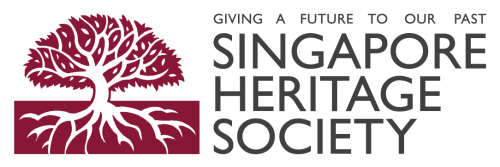
Chua Ai Lin is the Executive Director of the Singapore Heritage Society and formerly an Asst Prof in the NUS Dept of History. She has a PhD in History from the University of Cambridge specialising in social and cultural history in colonial Singapore.
Lynn Wong is an independent researcher and filmmaker on a race against time to document and revive disappearing foods, festivals, and heritage in Singapore. She is also the co-investigator for the Singapore Heritage Society’s two-year research project on historic places of worship on Telok Ayer, Tanjong Pagar, and Tanjong Malang.
Fauzy Ismail is a trained architect who has worked in the local arts field and the European fashion industry. Currently, he is a freelance researcher working in history, culture, and conservation. He is an avid volunteer for the Singapore Heritage Society and a strong supporter of heritage.
Founded in 1987 as a non-profit, non-governmental organisation, SHS is an independent voice for heritage conservation in Singapore. Our work is guided by our definition of heritage as ‘the living presence of the past’. Singapore’s history is a vital part of our identity and growth. Social bonds are strengthened when we understand and cherish the social memories of past and present generations in the spaces we protect. These beliefs drive our key efforts in research, public education and advocacy.




